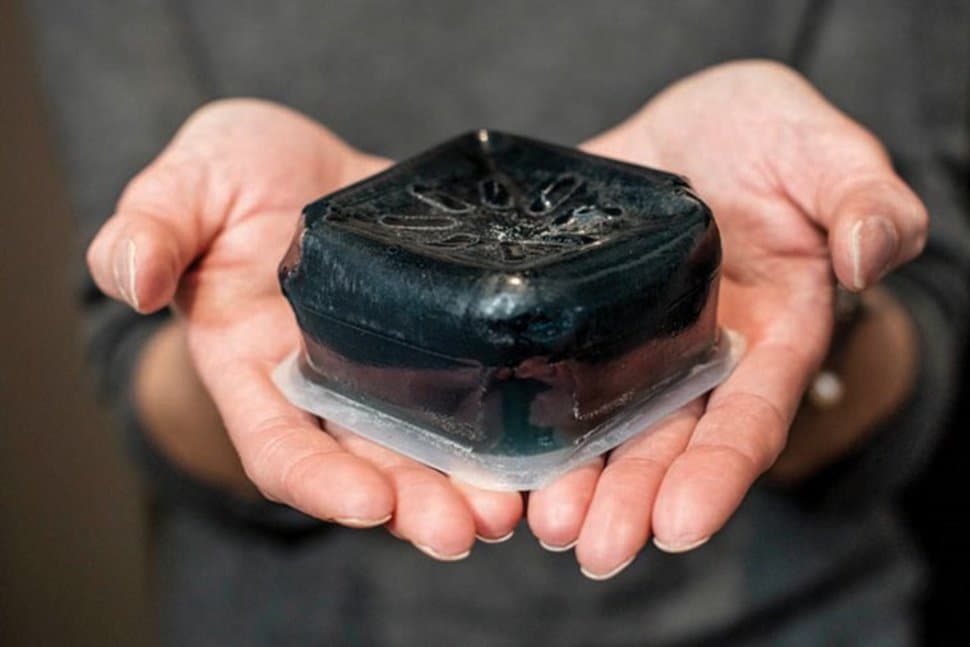Canada eyes new ways to move stranded crude, with oil pucks and pellets.
Canada’s biggest railroad says it is attracting interest from oil producers in its effort to move crude in solid, puck-like form, as clogged pipelines force producers to divert more oil to riskier rail transport.
Congested pipelines have stranded much of Canada’s crude in Alberta, driving discounts to record levels. Canadian heavy crude traded last week for less than one-third of the US benchmark light oil price.
The latest blow to the sector landed a week ago, when a US court ruled construction must stop on TransCanada’s Keystone XL pipeline.
Pipeline pressure has pushed more crude onto trains owned by Canadian National Railway and smaller rival Canadian Pacific Railway. But crude movement by rail is costly and prone to spills and sometimes disastrous accidents, such as the 2013 derailment at Lac Megantic, Quebec that killed dozens of people.
Enter CN’s patented Canapux product, solidified crude encased in plastic, named to evoke the country’s most popular sport, hockey. The railroad argues that solid crude, never before commercially shipped, can be transported more cheaply, efficiently and with less environmental risk than liquid crude in tank cars. Since it floats, Canapux is easier to recover from a spill into a water body.
CN is seeking commercial partners to build a pilot plant that will process 10,000 barrels per day of undiluted heavy crude into Canapux.
The plant, to be built either at the Alberta crude storage hub around Edmonton or on an oil producer’s site, is estimated to cost less than C$50 million and could be running as soon as 2020, according to James Cairns, CN’s vice-president of petroleum and chemicals.
CN’s oil pucks would move in gondola cars, which weigh less than tank cars, allowing the railroad to load them with more crude. They also do not require diluent, an ultra-light oil that is mixed with crude when it is shipped in liquid form by rail or pipeline.
As a result, Canapux’ shipping costs would knock off nearly half the expense of rail transportation in liquid form, according to CN.
Other entrepreneurs have pursued similar ideas for several years, from semi-solid blobs to pellets.
Alberta inventor Cal Broder said two refineries in China are interested in his BitCrude product, which he intends to produce from bitumen. He plans a test shipment of several containers of his butter-like crude to Asia before year-end.
Both BitCrude and Canapux still require government regulatory approvals. Success of either product also hinges on convincing oil refineries to make changes needed to convert solid crude back to liquid for processing.
But the idea of shipping crude in solid form is compelling, said Alex Pourbaix, chief executive of Cenovus Energy, a major Canadian shipper of crude by rail.
“I am quite intrigued by those technologies,” he said in a Reuters interview. “We’re going to make sure we take a hard look at them all.”
img: Rueters

